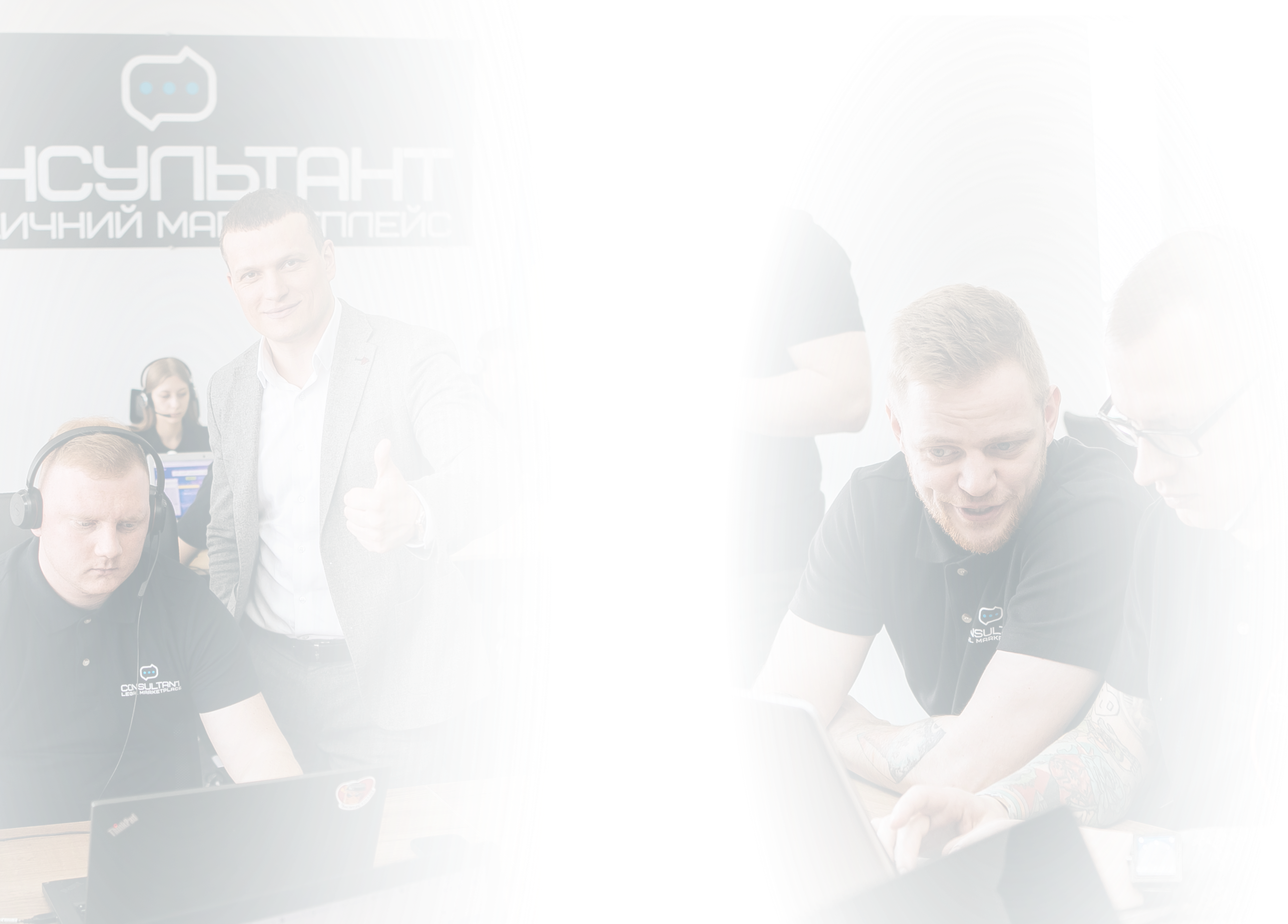active and purposeful military lawyer with more than 4 years of experience
Three types of time accounting
Introduction
Timekeeping is a key element of personnel management at any enterprise. It allows you to monitor the presence of employees, plan work processes and calculate wages. In this article, we will consider three main types of time accounting: time sheet accounting, electronic accounting, and project accounting.
Timekeeping
Description of the method
Time sheet accounting is the traditional and most common method. It provides for the maintenance of special time sheets, which record the time of arrival and departure of employees, as well as their absence. Tables can be filled in manually or with the help of special programs.
Advantages
Ease of use: Timesheet accounting does not require complex hardware or software.
Affordability: This method is suitable for businesses of all sizes and types.
Legal compliance: Timesheet accounting often complies with labor law requirements.
Disadvantages
Risk of errors: Manually filling out timesheets can lead to errors and inaccuracies.
Lack of flexibility: Timesheet accounting does not always allow flexible work schedules and other individual conditions to be taken into account.
Electronic accounting
Description of the method
Electronic timekeeping uses special software and equipment to automatically record the time of arrival and departure of employees. These can be systems using magnetic cards, biometric data (fingerprints, facial recognition) or other technologies.
Advantages
High accuracy: Automation reduces the risk of errors and ensures accurate accounting of working hours.Convenience: Electronic systems make it easy to collect and analyze data, generate reports, and integrate with other management systems.
Flexibility: The ability to adjust to the individual needs of the enterprise and employees.
Disadvantages
High cost of implementation: Installation and maintenance of electronic systems requires financial investment.
Need for technical support: Regular maintenance and support are necessary for the correct operation of the systems.
Project accounting
Description of the method
Project timekeeping is used to record time spent on specific tasks or projects. This method is especially useful for project-oriented companies, where it is important to know how much time was spent on each stage of work.
Advantages
Accurate calculation of the cost of projects: Project accounting allows you to accurately determine the costs of performing specific tasks.
Performance analysis: This method allows you to analyze the productivity of employees and the efficiency of the use of working time.
Resource planning: Project accounting helps you better plan the use of human resources and manage projects.
Disadvantages
Difficulty of implementation: Project accounting can require considerable effort to organize and set up processes.
High Discipline Requirements: This method requires high discipline from the workers to accurately record the time spent.
Need for special software: Effective use of project accounting often requires special programs, which may require additional costs.You may be interested in reading articles on such topics as:
collection of debt from wages recovery of wages through court recovery of wage arrears recovery of wages recovery of wages in court

































